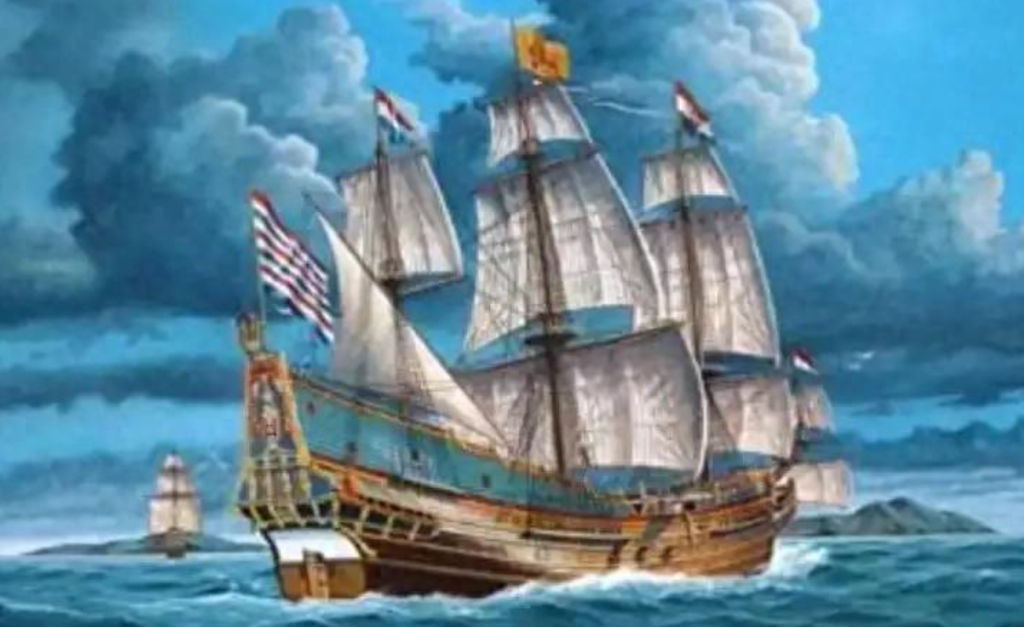
On October 12, 1492, Christopher Columbus jolted awake to a lookout’s scream: “Land! Captain, land!” Stumbling onto the deck, he squinted through his telescope before dropping to his knees, kissing the salt-soaked wood. He believed he’d reached India—but on the beach below, copper-skinned people holding shell necklaces stared back. These were Native Americans, later misnamed “Indians.”
This “wrong-door” voyage became history’s most surreal turning point: Columbus died convinced he’d reached Asia, yet he’d accidentally bound two worlds. Corn and potatoes sailed from America to Europe, feeding a billion extra mouths; gold and silver flooded Europe, birthing banks and stock markets. But Native Americans lost their homes and lives. That creaking ship in 1492 carried not just one man’s dream—it steered humanity onto a new course.
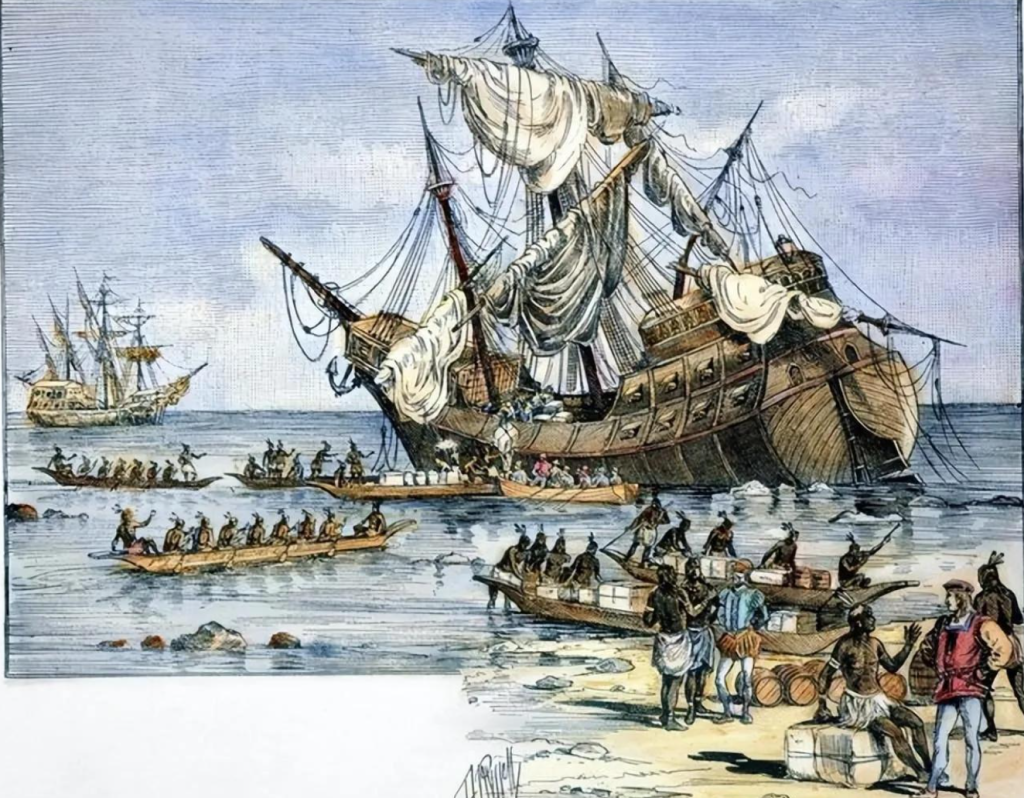
The “Mad Navigator”: Why Insisted West Led to India?
Before setting sail, Columbus was Europe’s laughingstock.
Born to a Genoese wool-weaver, he haunted ports as a boy. At 20, pirates sank his ship near Portugal; he survived by clinging to driftwood. In Lisbon, he married a navigator’s daughter, obsessively studying her father’s maps. His conclusion? “The Earth is round! Sail west from Europe—you’ll hit India!”
This was heresy. Europeans trusted Ptolemy’s flat-Earth maps, warning of oceanic “bottomless abyss.” Undeterred, Columbus peddled his miscalculation (he’d shrunk Earth’s circumference by half, claiming India lay just 3,000 miles west) to royal courts. The English king mocked his “waterlogged brain”; France’s queen ejected him. Then he met Spain’s Queen Isabella.
Fresh from expelling Muslims, her treasury was empty. Columbus’s pitch—“Find gold, spices, convert Indians to God”—ignited her ambition: “Three ships for you. Half the spoils go to the Crown!”
On August 3, 1492, Columbus departed with the Santa María, Pinta, and Niña. Among 90 crew—mostly convicts (“voyages absolve sins,” said the Queen)—was an Arabic translator (for “Indian” diplomacy). Provisions? Rock-hard biscuits, moldy water, and “gifts” for China’s emperor: red caps and mirrors.
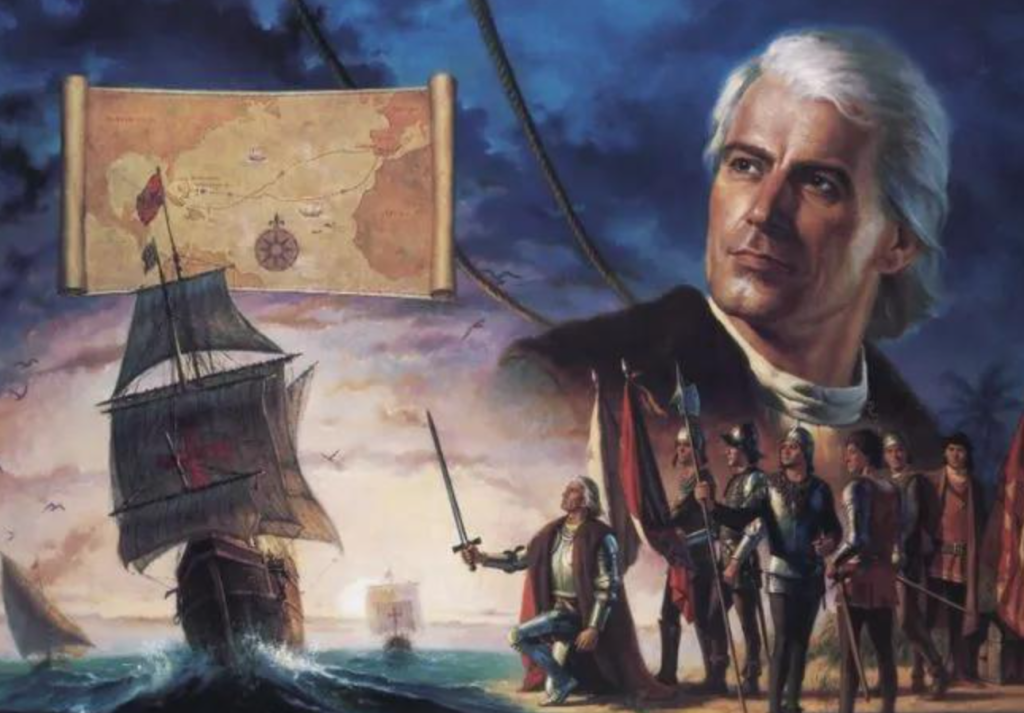
Despair to Ecstasy: The “India” No One Knew
Crew morale sank faster than their rations.
Endless sea, unchanging sky. Biscuits sprouted fur; salted fish reeked like sewage. Whispers spread: “This madman sails us to hell!” A month in, spotting a reed canoe, Columbus declared India near—but even his navigator begged: “Turn back, Captain. No food left.”
On October 11, Columbus logged: “I bet them three days.” At dawn, the lookout’s cry saved him.
They landed on an island (later San Salvador), beaches white as salt. Barefoot, russet-skinned people fled into trees. Columbus mistook them for “Indians,” gifting a child a red cap while gesturing: “Gold where?” The child pointed seaward. Columbus roared: “Ready the boats!”
Over two months, they explored the Caribbean—Cuba, Haiti. Columbus found corn (“new grain”), tobacco (“spice”), and took “Indians” as proof. In Haiti, he built a fort, left 39 men, and sailed home with captives and a sack of gold.
By March 1493, Spain hailed him a hero. Queen Isabella draped a gold chain on him; crowds chanted “Admiral of the Ocean Sea!” Columbus held up corn: “India’s new grain!” Unaware, he held the future sustenance of half the world.
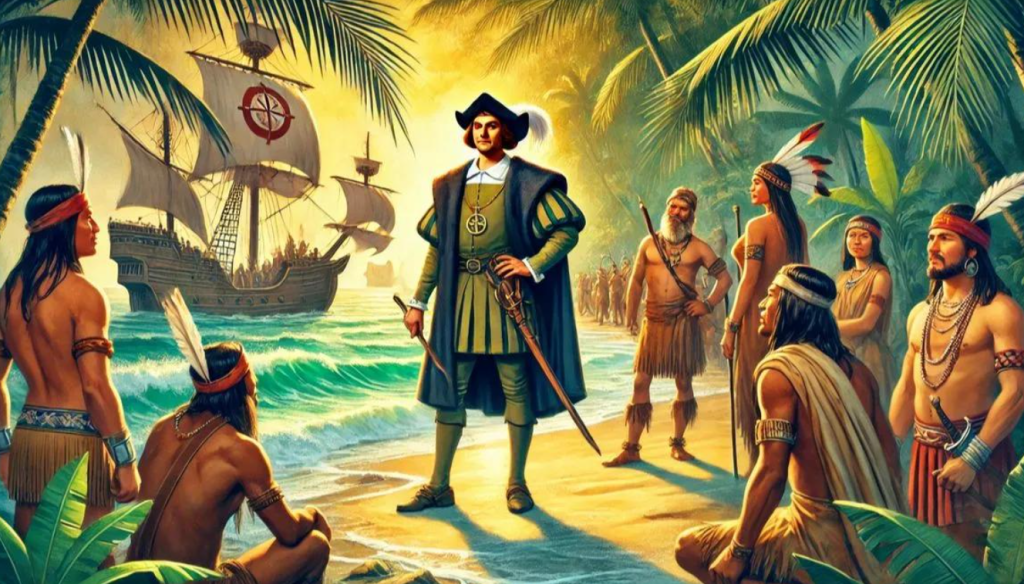
The Cost of Encounter: Corn Fed the World, but Starved Native America
Columbus’s ship was a boulder hurled into still waters.
First came the Great Exchange: Europeans brought wheat, cattle, horses to America; Americans sent corn, potatoes, tomatoes to Eurasia. Corn thrived on barren soil, saving Chinese mountain tribes; potatoes anchored Europe, fueling Ireland’s population boom from 2 to 8 million. Historians note: “No American crops? No Industrial Revolution”—surplus food freed laborers for factories.

But for Native Americans, this “encounter” was catastrophe. Columbus returned in 1493 with 17 ships, 1,200 men, cannons, and cavalry. They seized Haiti’s gold, enslaved Indians, and beheaded resisters. Deadlier were European germs: smallpox, measles—unseen in America—slashed Haiti’s Taino people from 250,000 to 500. They “fell like harvested wheat.”
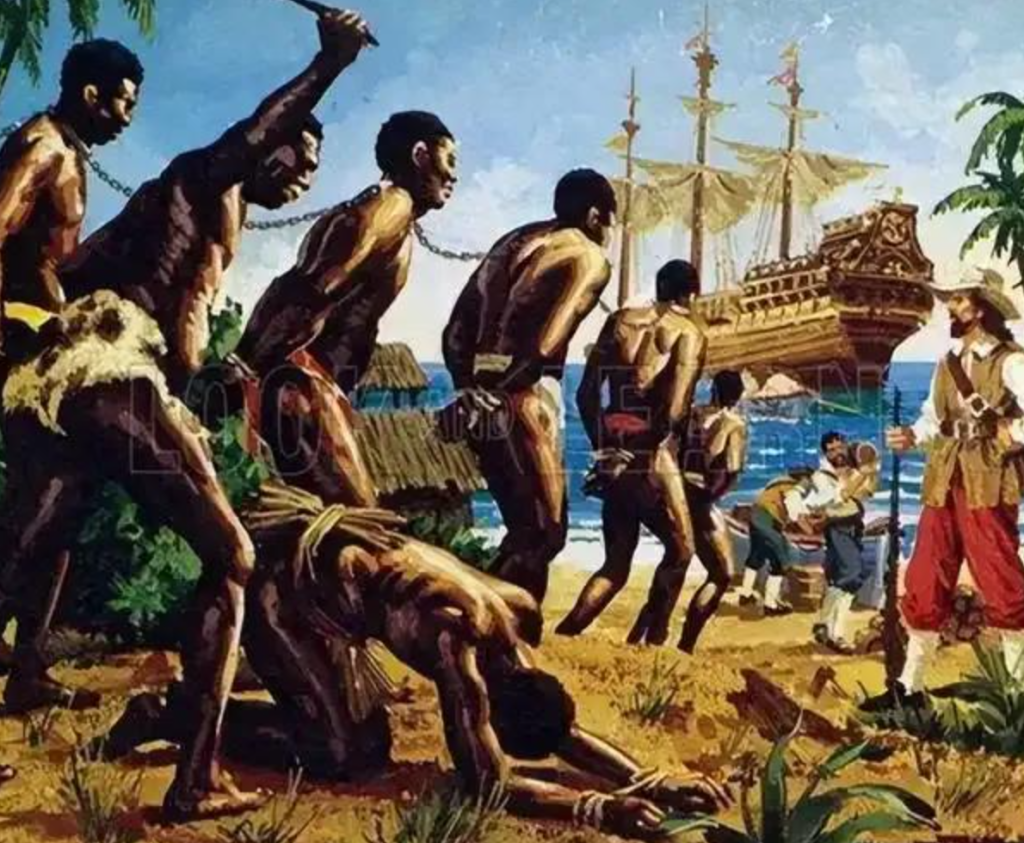
Gold and silver gushed into Spain, briefly making it Europe’s richest. But wealth funded wars and luxuries—not industry—letting England and Holland surge ahead. As one scholar observed: “America’s gold nourished European capitalism but gutted Spain.”
Columbus? He sailed west three more times, never finding El Dorado. Arrested for mismanagement, he died poor in Spain—never knowing his “wrong door” mattered more than India ever could.
Legacy: Glory or Guilt?
Today, some Americas celebrate Columbus Day; others protest. Was he a “great explorer” or “colonial butcher”? Perhaps the truth lies deeper: that 1492 ship carried humanity’s shift from scattered tribes to interconnected world—bearing corn’s sweetness and Native America’s tears. Like the Santa María’s wreck, still resting off Haiti, it reminds us: human progress sails with half glory, half scars.